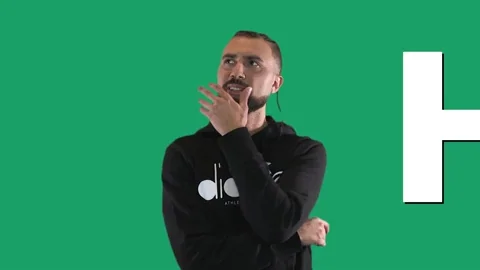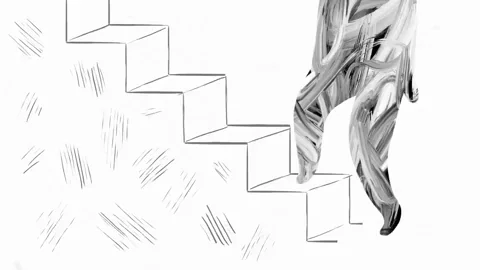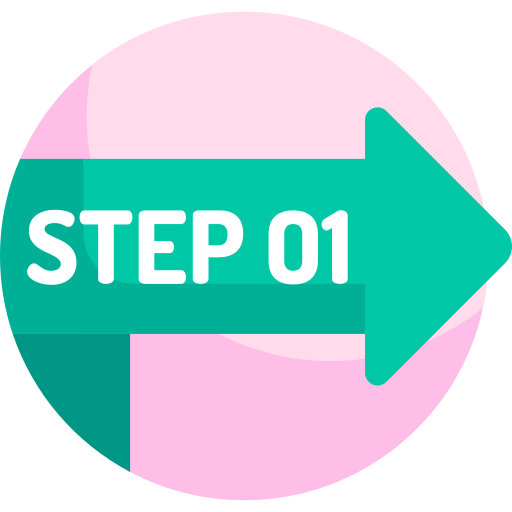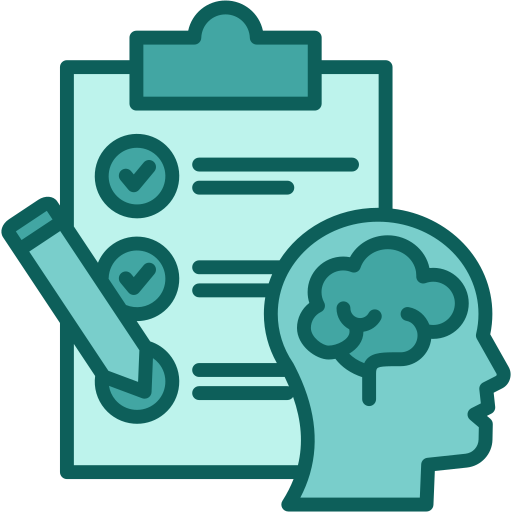
This logo isn't an ad or affiliate link. It's an organization that shares in our mission, and empowered the authors to share their insights in Byte form.
Rumie vets Bytes for compliance with our
Standards.
The organization is responsible for the completeness and reliability of the content.
Learn more
about how Rumie works with partners.
Have you ever wondered why so many adults discover they’re on the autism spectrum later in life?

Many adults with autism spectrum disorder (ASD) remain undiagnosed, often visiting primary care offices without realizing they are on the spectrum. Experts estimate that for every 3 diagnosed cases of ASD, 2 others go undetected.
Uncover the three key steps of the autism test process for adults — knowledge that can reduce uncertainty, reduce stress, and empower you or someone you care about to take the next step confidently.

Step 1: Preparing for the Test
Why Does Testing Matter?
Many adults seek autism evaluations to make sense of challenges they’ve faced in social or work settings. Others may notice personal traits that align with autism and want to learn more.
Initial Steps

A great starting point is using pre-assessment tools like the Autism Spectrum Quotient (AQ) test, an online questionnaire designed to identify autism-associated traits. These tools are not diagnostic but can help you decide if further evaluation is worth pursuing.
Finding a Specialist

After completing a pre-assessment, find a qualified psychologist, psychiatrist, or neurologist specializing in autism. Use online directories from autism advocacy groups to locate trusted specialists near you.
Step 2: The Diagnostic Process
Clinical Interview
During the evaluation, the professional will ask about your developmental history, key life experiences, and current challenges. This helps them understand your unique traits and how they’ve shaped your experiences over time.

Observation and Tools
Standardized tools like the ADOS-2 (Autism Diagnostic Observation Schedule) and RAADS-R (Ritvo Autism Asperger Diagnostic Scale-Revised) are commonly used.
These tools assess social communication skills, repetitive behaviors, and other traits linked to autism.
You may participate in role-playing, problem-solving tasks, or structured conversations during this process.
Holistic Evaluation

An autism diagnosis isn’t just about identifying traits — it’s about ruling out other conditions that might explain similar challenges, such as:
ADHD
Anxiety disorders
Sensory processing issues
The goal of this part of the autism test for adults is to get the most accurate understanding of your needs and experiences!
Quiz
Which of the following scenarios might be assessed by a tool like ADOS-2 or RAADS-R?
Struggling to understand jokes is a common trait assessed by autism diagnostic tools, as it relates to social communication challenges.
Step 3: Results and Next Steps
Receiving a Diagnosis

After the evaluation, the specialist will explain your results, confirm if you meet the criteria for autism, and discuss what it means for your daily life. You can also ask questions and address any concerns.
Post-Diagnosis Support

If diagnosed with autism, a range of resources can help: 💡
Therapy: Cognitive behavioral yherapy (CBT) or other support to manage emotions and improve social skills.
Workplace accommodations: Adjustments to improve productivity and comfort at work.
Support groups: Communities of individuals who share similar experiences, offering connection and advice.
Pro Tip: Advocacy groups like Autism Speaks or local autism organizations can guide you to additional support. 📚
No Diagnosis?
If autism isn’t diagnosed, your challenges are still valid. Specialists may explore other causes like ADHD or anxiety and suggest strategies, with support still available.
Did you know?
A diagnosis isn’t the only path to support — many people thrive by understanding their needs and accessing the right resources, diagnosis or not.
If you require support at work, you can discuss your mental health needs with your employer if you feel comfortable doing so.
Take Action
Empower yourself or support others by taking the first step today!

If you decide to take the autism test for adults:
This Byte has been authored by
Della Ouyang
Instructional Designer
